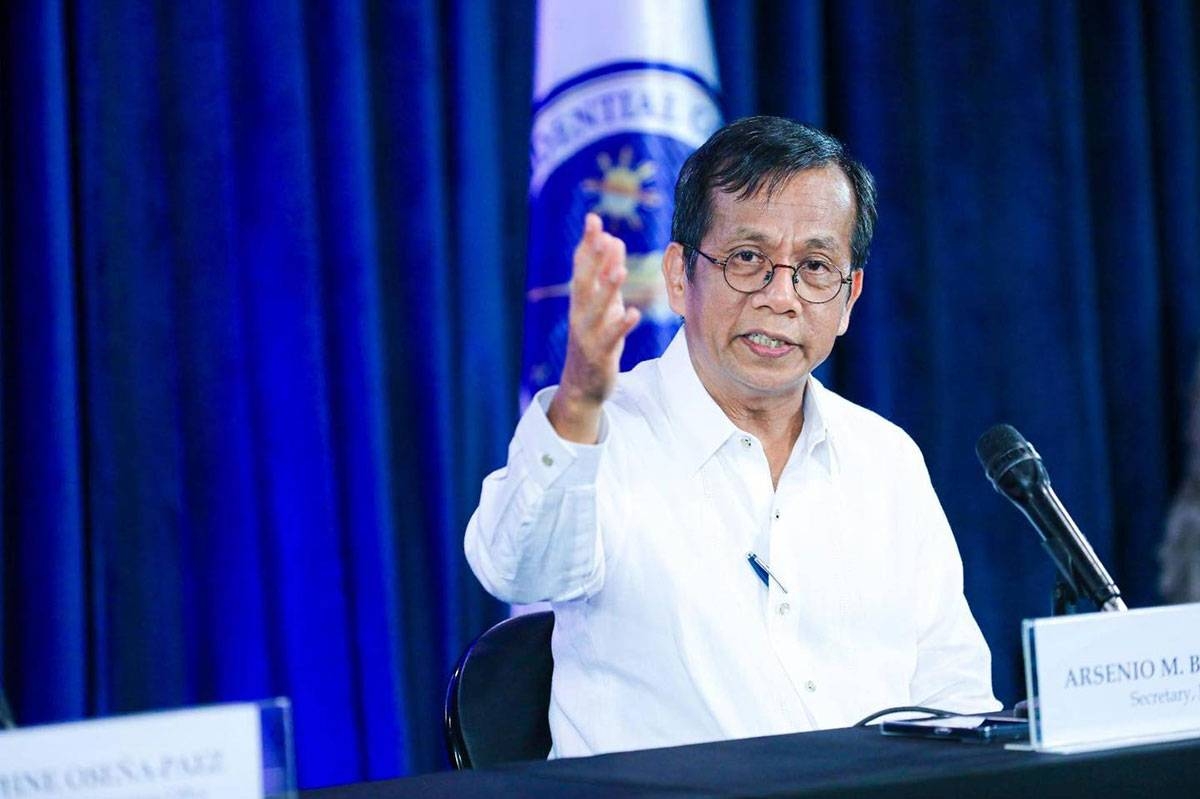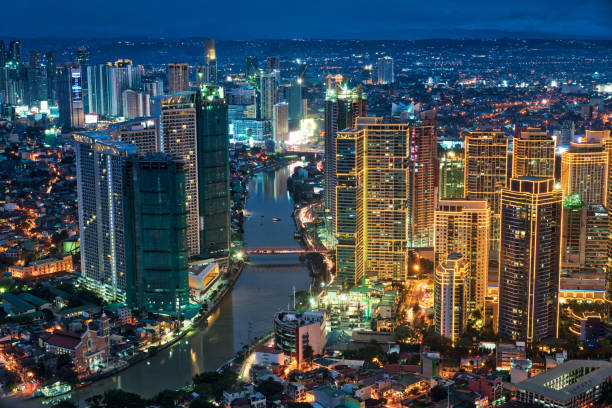The Philippine economy has demonstrated its resilience by achieving a growth rate of 5.9% in the third quarter of this year, bringing the year-to-date economic growth to 5.5%. This places the Philippines among the best-performing economies in Asia, according to National Economic and Development Authority (NEDA) Secretary Arsenio Balisacan.
Despite facing numerous domestic and international challenges, the country has successfully implemented effective strategies to sustain its economic momentum. Secretary Balisacan emphasized that the real gross domestic product (GDP) per capita has not only recovered but has also exceeded its pre-pandemic level. Additionally, most sectors have already surpassed their pre-pandemic performance.
While certain sectors, such as mining and quarrying, construction, transportation and storage, accommodation and food service, real estate, and other services, have not fully recovered as of the end of the third quarter, Secretary Balisacan highlighted that these sectors can still contribute to the economy’s growth. Efforts to promote tourism and accelerate major construction projects will serve as driving forces for their recovery.
To further boost growth, the NEDA Board, chaired by President Ferdinand Marcos J., has approved 197 infrastructure flagship projects with a total value of P8.7 trillion. These projects aim to address the country’s long-standing infrastructure deficits, which have hindered economic progress.
By prioritizing the completion of vital projects such as highways, bridges, airports, railways, ports, telecommunications, and other infrastructure, the government aims to significantly reduce the cost of doing business and expand market opportunities, particularly for micro, small, and medium enterprises. Furthermore, these initiatives will promote high-quality job creation and innovation, fostering a more robust and competitive economy.
A report released by the Department of Finance (DoF) highlights the government’s success in securing grants and financing packages for major infrastructure projects. Notable examples include the $2.02 billion for the North-South Commuter Railway Extension project, $801.9 million for the North-South Commuter Railway project (Malolos-Tutuban), $1.07 billion for the Davao Public Transport Modernization Project, and $650 million for the Bataan-Cavite Interlink Bridge Project.
The DoF affirms that this strong pipeline of projects, supported by the Philippine government and its development partners, serves as the foundation for the nation’s continued development and economic expansion.
Looking towards the long-term growth prospects, the recently enacted Republic Act 11954, also known as the “Maharlika Investment Fund (MIF) Act,” is expected to play a significant role. This legislation provides the government with an additional mechanism for strategic investments in areas critical to the country’s development.
The Maharlika Investment Fund will be utilized to invest in a diverse range of assets, including foreign currencies, fixed-income instruments, domestic and foreign corporate bonds, joint ventures, mergers and acquisitions, real estate, and high-impact infrastructure projects that contribute to sustainable development.
In conclusion, the Philippine economy’s impressive growth in the third quarter showcases its resilience and ability to overcome challenges. With ongoing efforts to boost various sectors, prioritize infrastructure development, and implement strategic investments, the country is well-positioned for sustained economic expansion and development.







